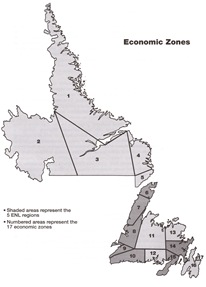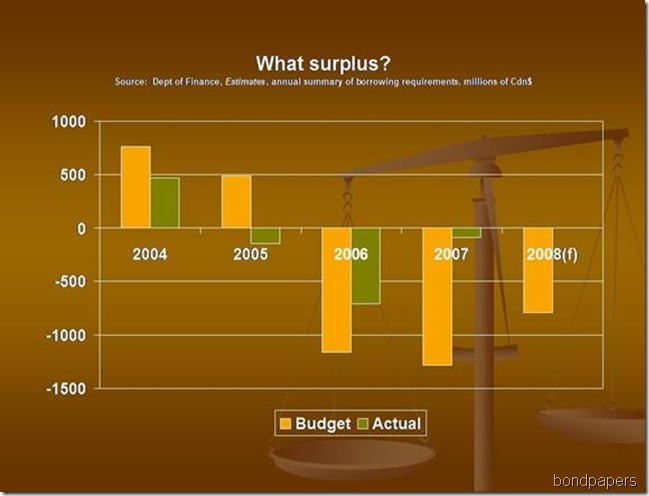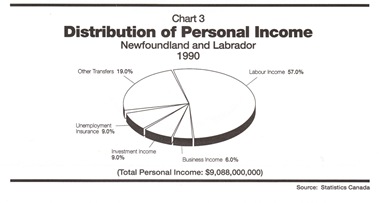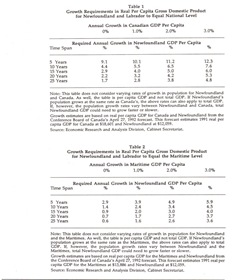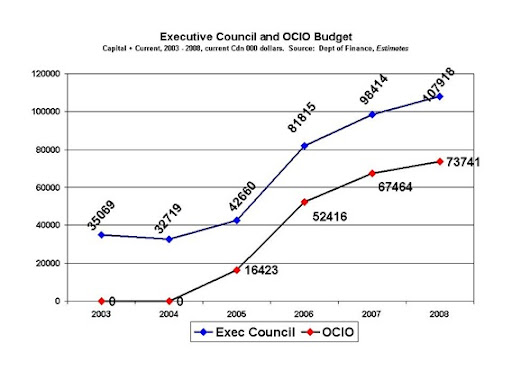[Editor's note: Editors of the Memorial University student newspaper - The Muse - usually distinguish themselves, if not during their time editing copy then later in life.
Sheena Goodyear is no exception. She's already worked at the Muse for five years including a stint as editor-in-chief. She's currently freelancing for the Telegram and the Scope and in August she'll take up job of national bureau chief for Canadian University Press. Sheena will likely have a bright future whether she continues in journalism or switches to another career at some point.
In retooling Bond Papers for a fall makeover, I contacted Sheen and asked her to contribute periodically, as the mood or topic struck her. The goal for the retooled Bond will be the same as it currently is: provide an alternative view of issues affecting the province.
Sheena didn't wait until September. With the appointment of Rick Hillier as chancellor of Memorial - effective July 2 - Sheena penned the following commentary.]
The praise for Rick Hillier in the media since his appointment as Memorial University’s chancellor has been at best flattering, and at worst downright gushing.
People are commending his heroics, his leadership skills, and his outspokenness. But really they are commending him for being a Newfoundlander who has gained national and international recognition.
He’s the province’s golden boy, and nothing negative dare be uttered against him.
This complete lack of critical analysis, especially from the media, is dangerous, though not uncommon in this province (see: Danny Williams).
The media has failed to remind us that the last chancellor, John Crosbie, was appointed to an apolitical government gig not long after he publicly opposed the government’s plans to grant autonomy to MUN’s Corner Brook campus.
Student reaction in the news has been unsurprisingly minimal. The only person who has come close to questioning Hillier’s appointment is the editor-in-chief of the Muse, Memorial’s student-run newspaper. Even the MUN Students’ Union – who are members of the St. John’s Coalition Against the War – has extended Hillier an open hand.
The soon-to-be former head of the Canadian Forces, and the leader of an incredibly contentious military invasion, is the new symbolic head of the province’s only university, as well as a member of both its decision-making powers, the senate and board of regents. And nobody is batting an eyelash?
People say his reputation will make him a good fundraiser for the university. They say he’s got connections. But nobody is questioning whether or not he’s connected to the types of organizations that we want associated with Memorial University.
This casts a conservative shadow over the university’s public image in a way that hasn’t happened since Inco CEO Scott Hand was awarded an honorary degree. It also distracts the public from the fact that MUN still doesn’t have a president – a far more important position than chancellor.
The mission in Afghanistan is possibly the most controversial issue facing this country right now, and Canadians are both divided and confused by it.
The latest Angus Reid polls show that 62 per cent of Canadians don’t believe the government has effectively explained why our soldiers are there; 54 per cent say the mission should not extend past 2011; and 54 per cent consider it a war, not a peace effort.
Now let’s narrow the lens. The Canadian Forces attracts more recruits from Atlantic Canada than anywhere else in the country. They often launch their recruitment campaigns here for that reason.
It would be completely ignorant not to assume that this is at least partly due to the lack of financial opportunities available to young people on this side of the country. So, the army essentially preys on our disadvantages to fill its ranks.
Meanwhile, young Newfoundlanders (and there aren’t many of those left) are coming home in body bags for a war that two-thirds of the country doesn’t even understand.
All this under the leadership of Rick Hillier. But hey, at least he’ll have those convocations running like clockwork, right?
-srbp-
